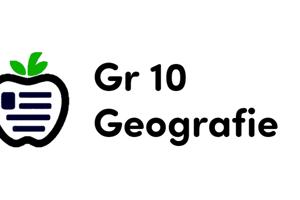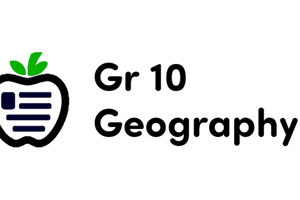Podcast
Questions and Answers
Earth is the third planet from the ______ in our solar system.
Earth is the third planet from the ______ in our solar system.
Sun
The diameter of Earth is about ______ kilometers.
The diameter of Earth is about ______ kilometers.
12,742
The ______ is composed mainly of nitrogen and oxygen.
The ______ is composed mainly of nitrogen and oxygen.
atmosphere
About ______% of Earth's surface is covered by water.
About ______% of Earth's surface is covered by water.
The ______ is the regions of Earth where life exists.
The ______ is the regions of Earth where life exists.
Earth's ______ varies widely from polar ice caps to tropical rainforests.
Earth's ______ varies widely from polar ice caps to tropical rainforests.
Earth orbits the ______ at an average distance of about 93 million miles.
Earth orbits the ______ at an average distance of about 93 million miles.
Earth takes ______ days to complete one orbit around the Sun.
Earth takes ______ days to complete one orbit around the Sun.
Earth's ______ field is generated by the movement of molten iron in the outer core.
Earth's ______ field is generated by the movement of molten iron in the outer core.
The ______ is essential for all known forms of life on Earth.
The ______ is essential for all known forms of life on Earth.
Flashcards are hidden until you start studying
Study Notes
Earth's Key Characteristics
- Earth is the third planet from the Sun and the only known planet to support life.
Size and Structure
- Earth's diameter is approximately 12,742 kilometers (7,918 miles).
- The planet is composed of the crust, mantle, outer core, and inner core.
Atmosphere
- The atmosphere is made up of 78% nitrogen, 21% oxygen, and traces of argon, carbon dioxide, and other gases.
- The atmosphere supports life by providing oxygen, absorbing ultraviolet solar radiation, and reducing temperature extremes.
Hydrosphere
- 71% of Earth's surface is covered by water, primarily oceans.
- Water is essential for all known forms of life.
Biosphere
- The biosphere includes the regions of Earth where life exists, from deep ocean trenches to the upper atmosphere.
- It contains diverse ecosystems with millions of species.
Geological Activity
- Earth's surface features tectonic plates that move, causing earthquakes, volcanic activity, and mountain building.
- Continents drift due to plate tectonics.
Climate
- Earth's climate varies widely from polar ice caps to tropical rainforests.
- Latitude, altitude, and proximity to water bodies influence the climate.
Orbit and Rotation
- Earth orbits the Sun at an average distance of about 93 million miles (150 million kilometers).
- It takes 365.25 days to complete one orbit around the Sun.
- The planet rotates on its axis once every 24 hours, causing day and night.
Magnetic Field
- The magnetic field is generated by the movement of molten iron in the outer core.
- It protects the planet from harmful solar radiation.
Studying That Suits You
Use AI to generate personalized quizzes and flashcards to suit your learning preferences.




